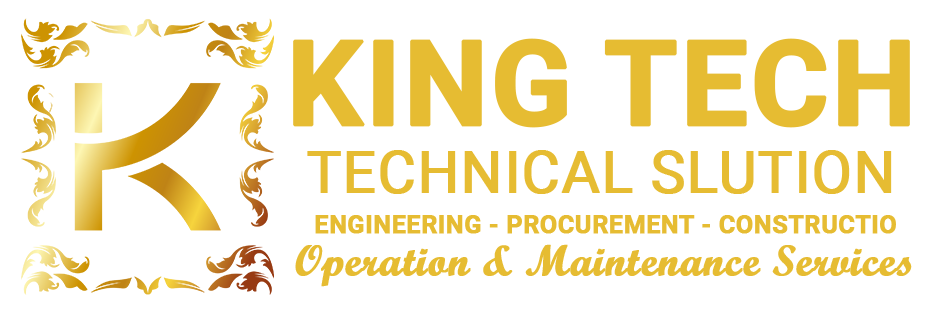Total Productive Maintenaince
TPM -Total Productive Maintanance is a collaborative approach between all stakeholders in an organization, especially between operations and maintenance, in an effort to achieve productive, uninterrupted operations. and ensure prompt, proactive maintenance response to prevent equipment-specific failures.
The goal is to create a production environment free from mechanical breakdown and engineering disturbance by involving people in maintenance tasks without relying heavily on mechanics or engineers.
TPM pointed out that maintenance work is very important, relevant and contributes greatly to the plant’s business results, resulting in breakthrough profits for investors. Stopping equipment for planned maintenance is part of a production day, as a link in the production process. The goal is not to stop the emergency device (the device only stops when we actively stop it.
It will help manufacturers optimize costs, maximize profits and uptime because of competition if they persist in applying it. Because it can address the decisive factors in competition: productivity (Productivity), quality (Quality), cost (Cost), delivery (Delivety), morale (Moral), safety – Health & environment (Safely – Health & Enviroment), it helps manufacturers to clear obstacles on the way to achieve business goals of the business.
TPM is a management method that has been widely applied in the world in the field of industrial production to maximize the available resources of production units including technology, equipment, people, etc. With TPM, everyone can join forces and interact with each other to improve the performance of the device in the most effective way. The thought “it is my responsibility (operator) to operate the equipment, your responsibility (maintenance staff) to fix it” has been replaced by “I and you are both responsible for our equipment Our factory, Our future ”.
TPM’s goal is to maximize the efficiency of the use of machines and equipment with a maintenance system that is carried out throughout the life of the machine
TPM’s goal is encapsulated in 4 no:
- No stop problem (Zero Breakdow).
- No defect (Zero Defect).
- There is no loss (Zero Waste).
- No accident (Zero accident)

The main parts of the TPM
- Autonomous Maintenance: The machine operator knows how to repair and maintain the machine and identify failures to a certain extent. Self-maintenance helps the operator to know the structure and function of the machine, understand the relationship between the machine and quality, and get used to strict compliance with regulations from which to detect and accurately diagnose any anomalies. machine as well as the quickest and most suitable way to fix it.
- Preventive Maintenance: aims to implement the motto “prevention is better than cure” to avoid stopping the machine, avoiding repeated errors, increasing the life of the machine, reducing repair time and maintenance costs.
- Quality Management (Quality Management): building a good quality management system, controlling the quality from the very beginning to the distribution and after sales, with a system of remediation and prevention. At the same time, analyze the production process to find out the most likely points of error and fix it.
- Focus Improvement: Priority focuses on improving issues of critical importance first. Besides encouraging small individual or departmental improvement initiatives.
- Training & Education: Without proper and standardized training, TPM and maintenance system in general, will not come true. The training must ensure quality and efficiency.
- Safety & Health (Safety & Health): Towards no occupational accidents, no occupational diseases, no negative impacts on the environment. Special emphasis is placed on the safety of the equipment operator.
- Support Systems (Support Systems): TPM service activities of indirect production departments are very important … their mission is to collect, process, provide information, and serve other needs. of production.
- Initial Phase Management: looks at every stage of production from start to finish and looks for ways to improve weaknesses in the first place.
